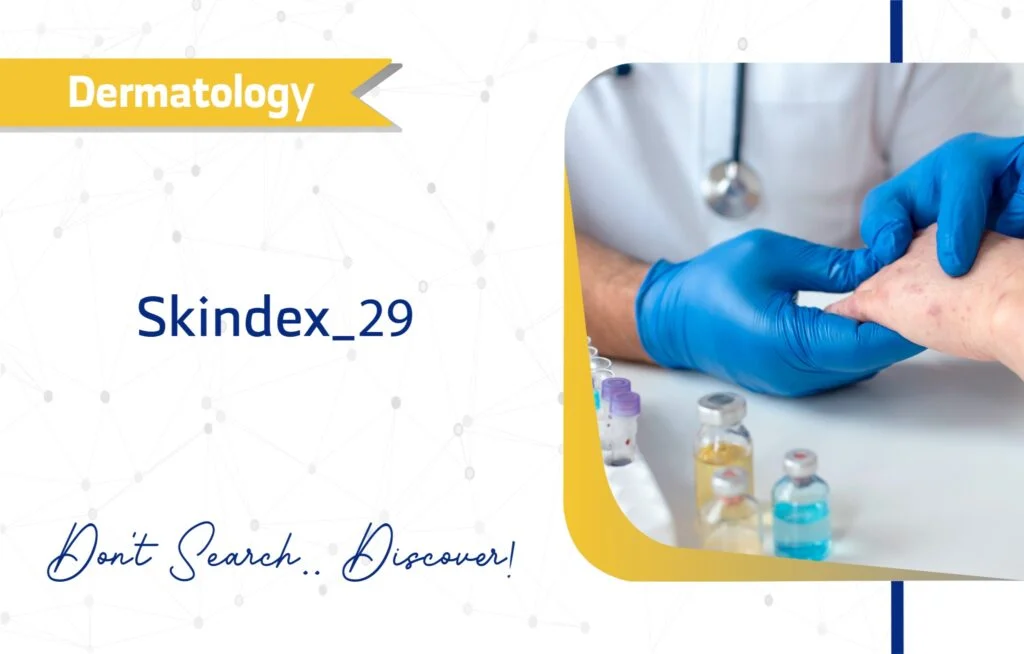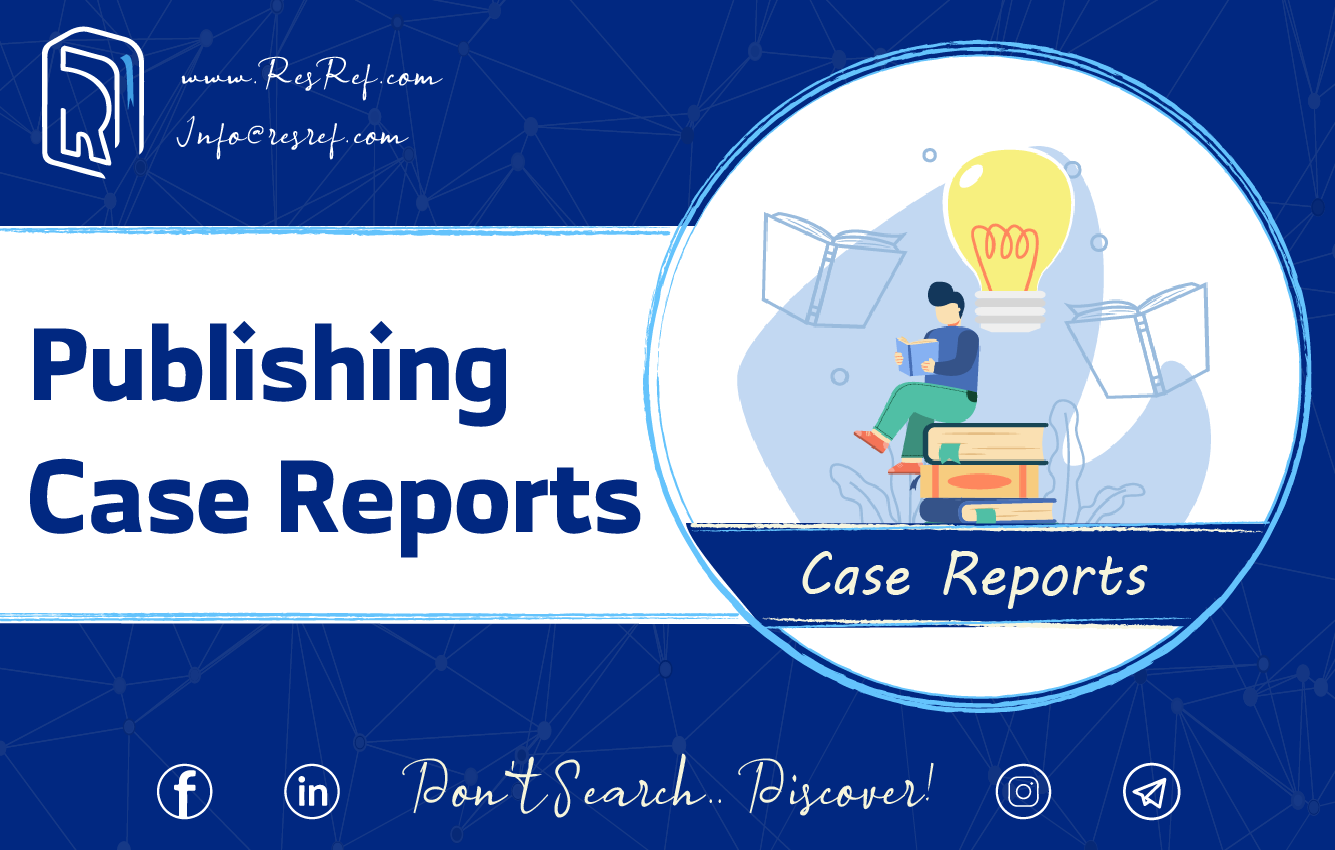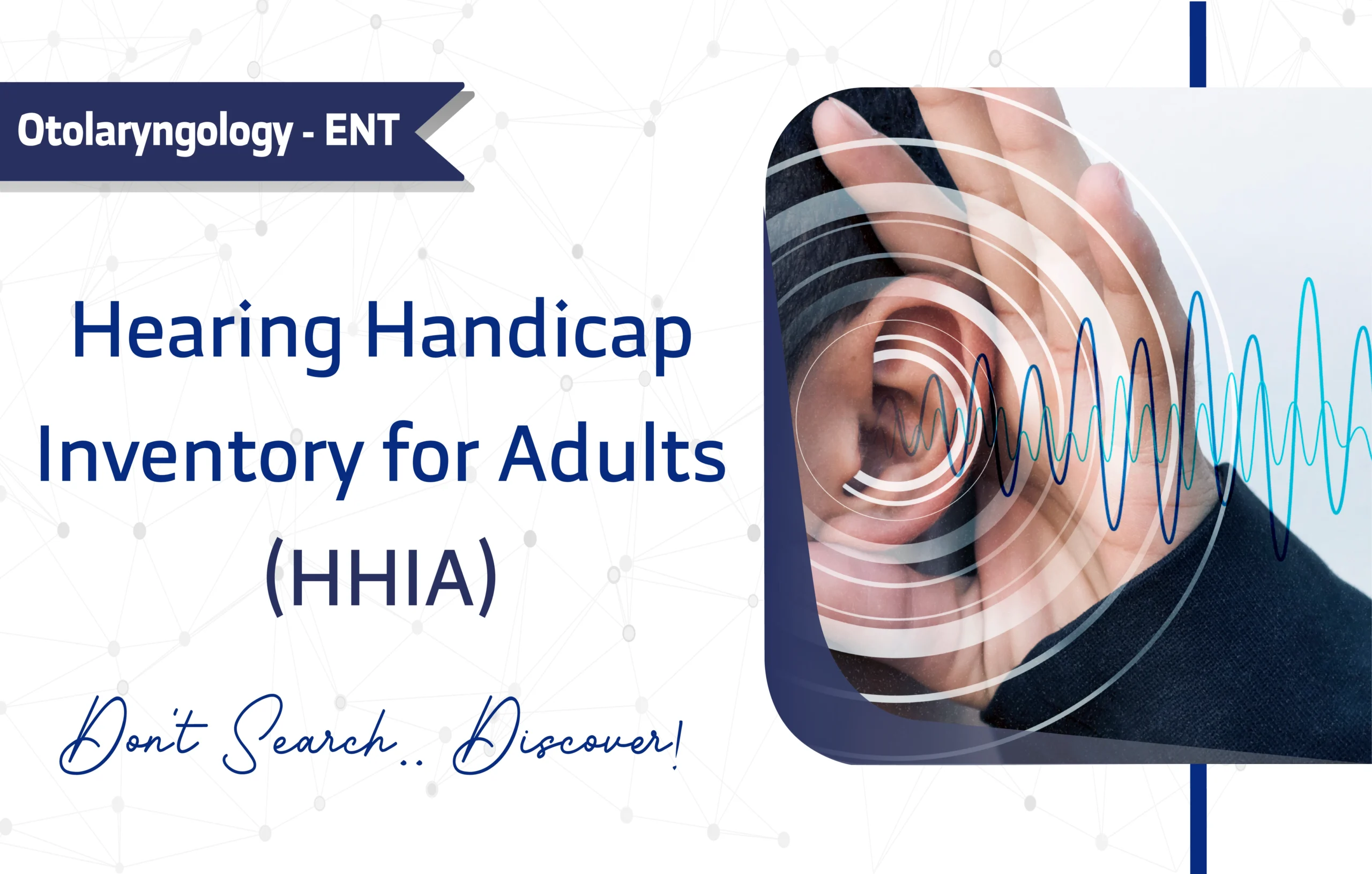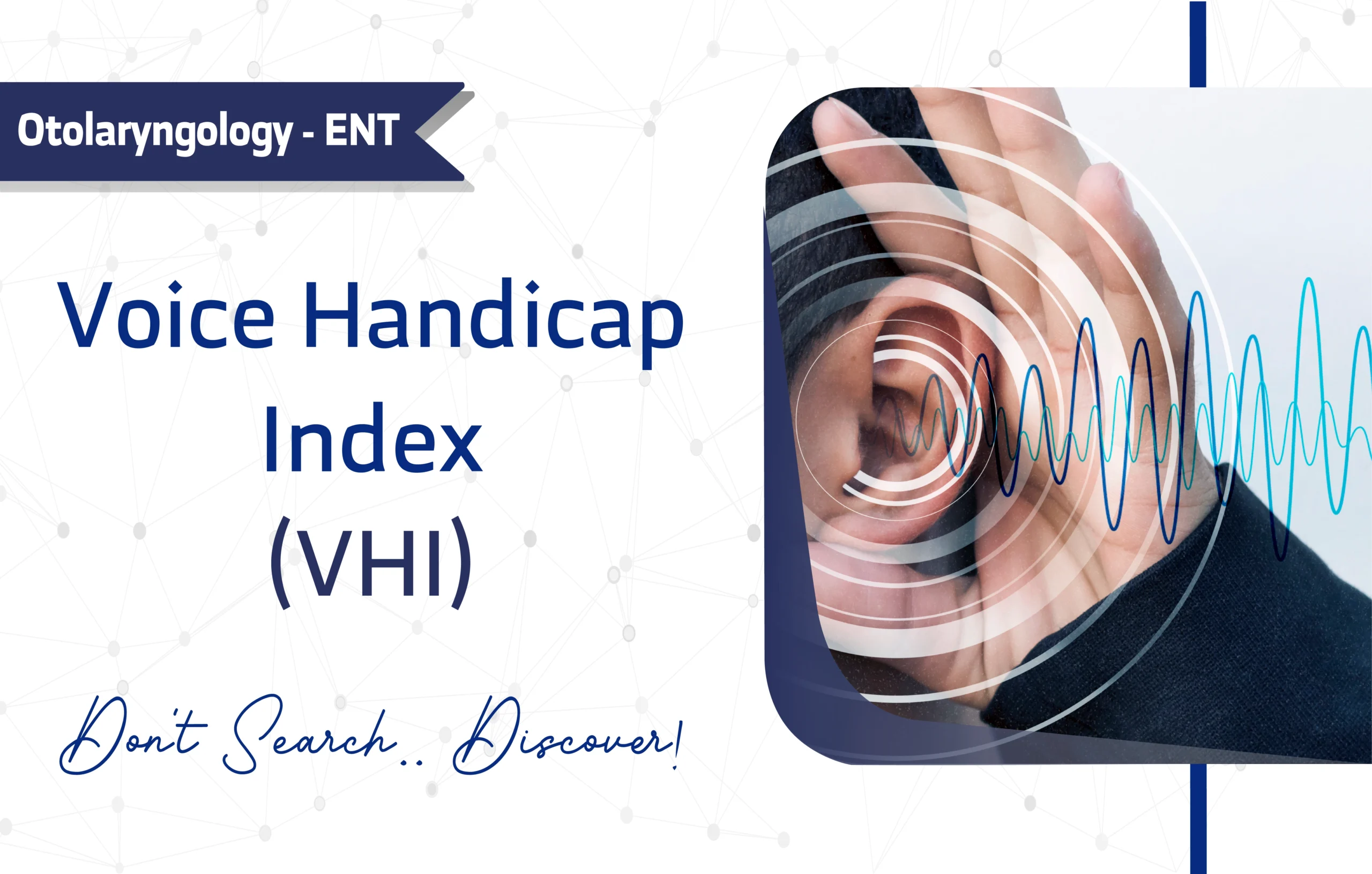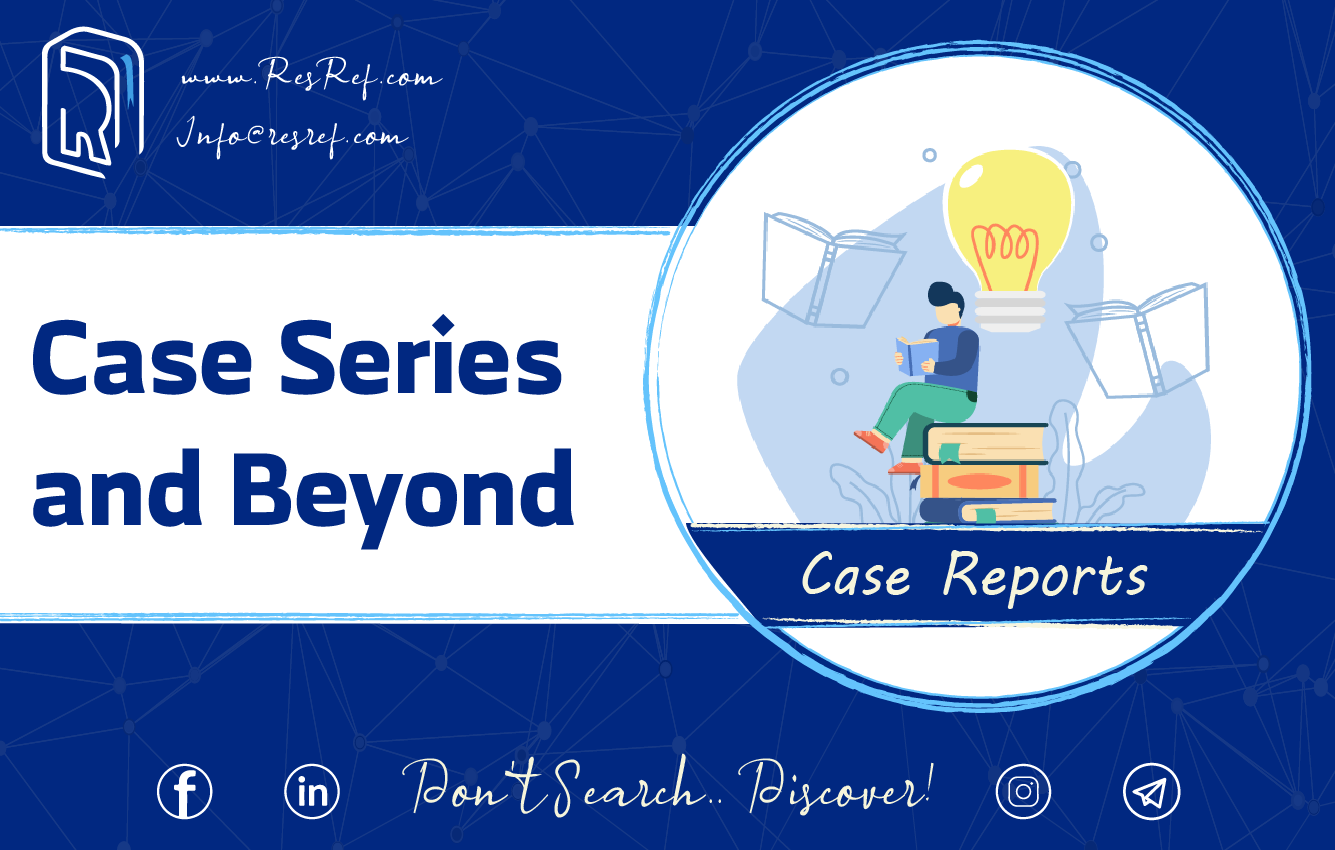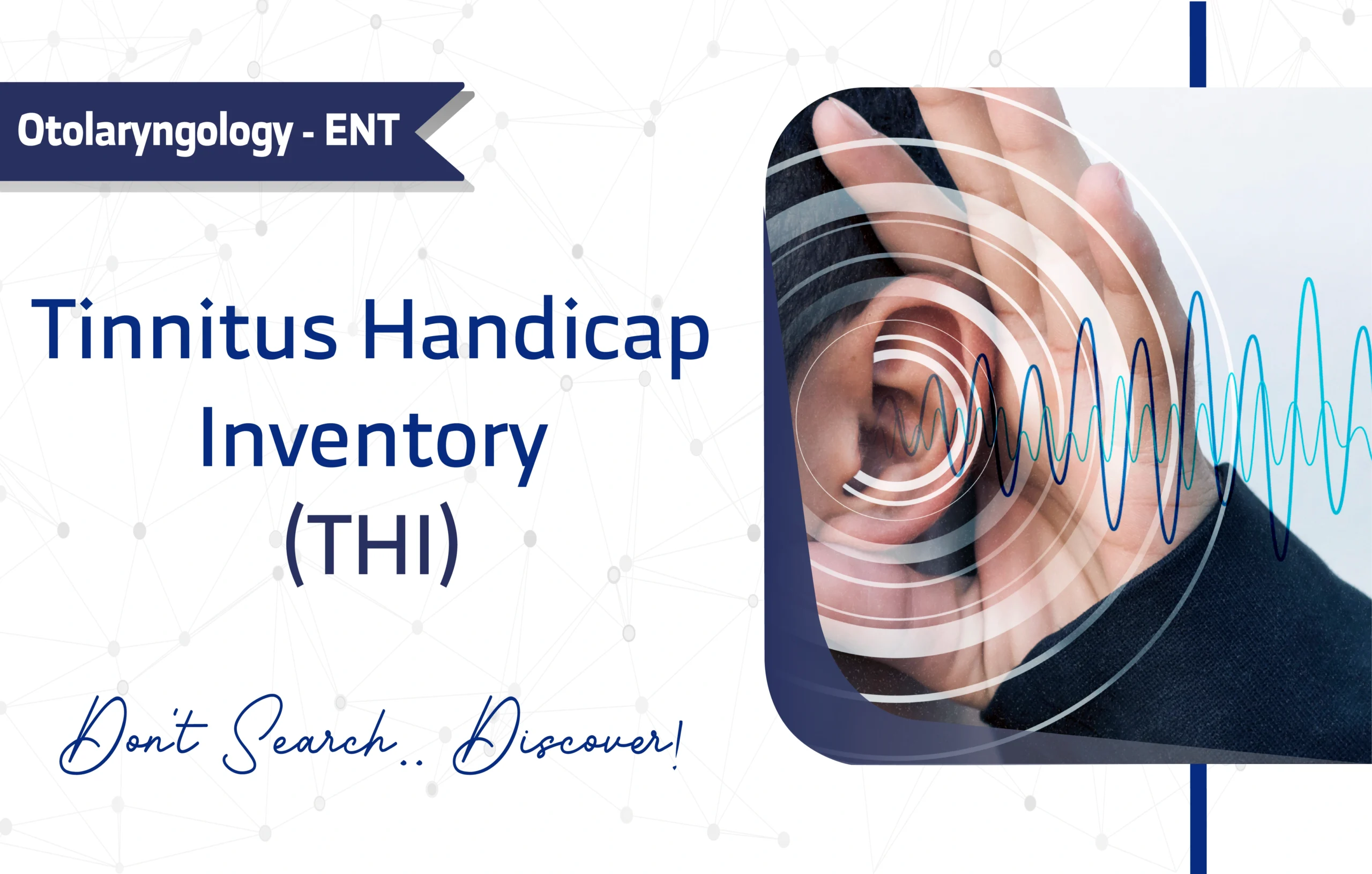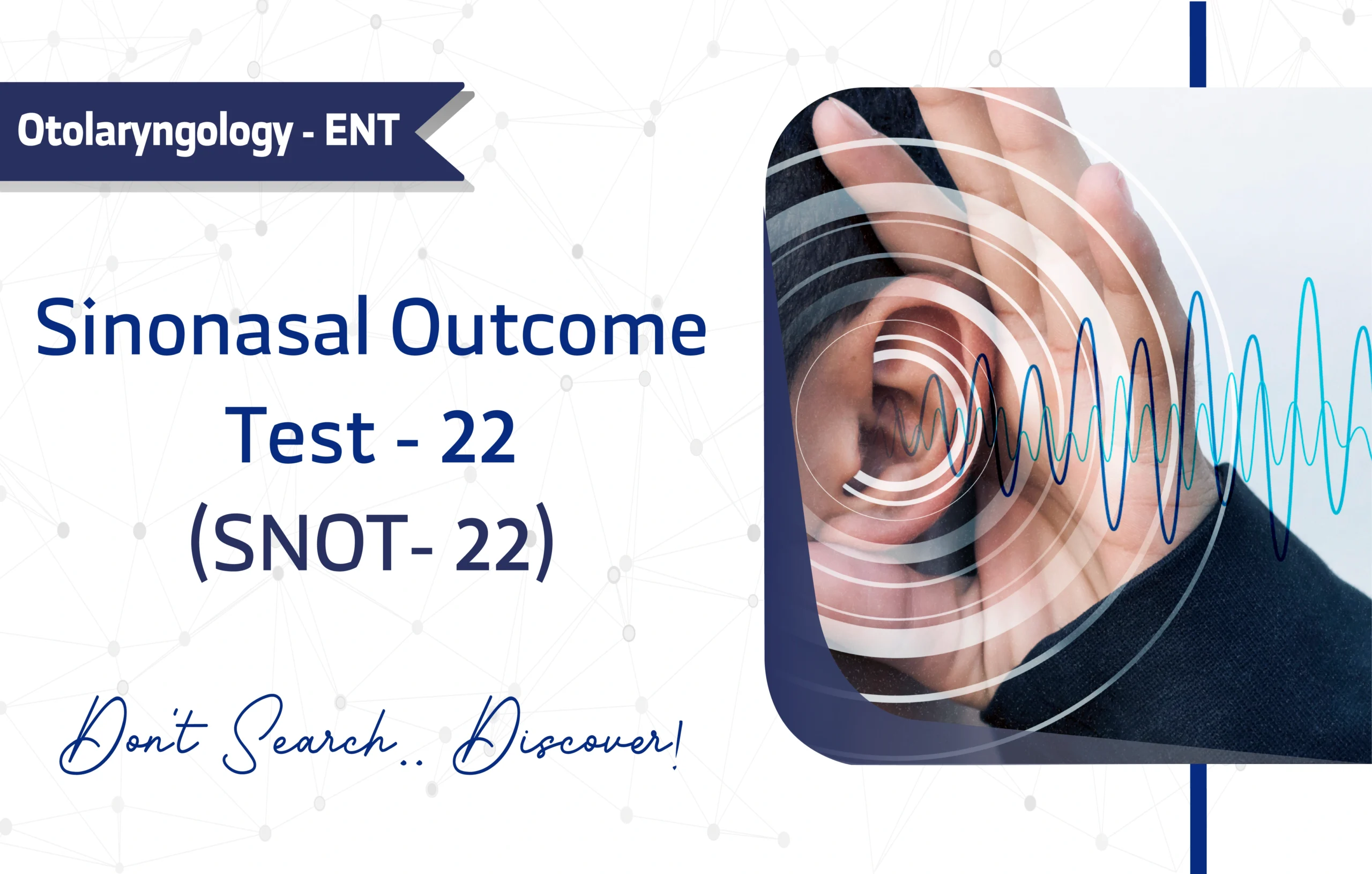Introduction
The Skindex-29 Quality of Life Scale is a highly regarded tool used to assess the emotional, social, and physical impact of skin diseases on patients’ quality of life. Originally published in 1997, it remains an essential instrument for dermatology researchers and clinicians aiming to understand how skin conditions affect patients beyond the physical symptoms. In this guide, we’ll break down the core components of the Skindex-29, including its domains, scoring, and real-world applications.
Key Features of the Skindex-29
Purpose and Use
The primary purpose is to evaluate the effect of skin diseases on various aspects of a patient’s life. It covers three main domains: emotional impact, social functioning, and physical symptoms. As a result, it offers a holistic overview of how skin conditions influence daily well-being.
Target Population
It is designed for use with adults aged 18 and older, making it suitable for a wide range of patients. Therefore, it accommodates a broad spectrum of dermatological cases across different age groups.
Domains and Sub-domains
The questionnaire explores multiple dimensions of a patient’s experience, offering a comprehensive view of the impact of skin diseases:
- Symptoms Domain: Focuses on physical symptoms such as itching, pain, and irritation.
- Emotions Domain: Examines emotional reactions including embarrassment, depression, and anger.
- Functioning Domain: Evaluates the effect of the skin condition on social interactions, work activities, and sleep.
Together, these domains provide a structured yet flexible framework for interpretation.
Scoring Method
Each of the 29 questions in this questionnaire is rated on a 5-point Likert scale, ranging from 1 (Never) to 5 (All the time). Notably, higher scores reflect a greater negative impact on quality of life. This scoring method allows clinicians and researchers to quantify the extent of impairment caused by skin diseases.
Administration Format
This questionnaire offers flexible administration options, making it easy to integrate into various workflows:
- Paper-based: Ideal for clinics and low-tech settings
- Digital (Online): Accessible through websites and electronic health records
Applications of the Skindex-29
- Screening and Monitoring: It is an excellent tool for screening patients for the emotional and physical burden of skin diseases. It also serves a valuable role in monitoring treatment progress over time, offering objective data for both clinicians and researchers.
- Treatment Planning: By identifying the most affected areas of a patient’s life, it aids in creating more personalized and effective treatment plans. Consequently, it helps clinicians better address psychological and social challenges that might otherwise be overlooked.
- Research Applications: Researchers in dermatology can use this questionnaire to gather detailed data about the patient experience. This data can then be used in clinical trials, longitudinal studies, and public health assessments, making the tool incredibly versatile.
Languages Available
Currently, it is available in English, Spanish, French, and German.
Reliability and Validity
Researchers have widely validated the Skindex-29 , with a Cronbach’s alpha greater than 0.90, indicating high reliability. Moreover, Over 500 academic studies have cited this questionnaire, making it a trusted tool in dermatology and quality-of-life research.
Limitations and Considerations of Skindex-29
While the Skindex-29 is highly reliable and valid, it does have some limitations:
- Self-report Measure: Subjective bias, including social desirability, may influence the results including.
- Length: At 29 items, some respondents may find the questionnaire lengthy, which could affect response completion rates.
- Language Availability: Available only in a few languages, limiting applicability in non-English-speaking populations.
Nonetheless, its clinical relevance often outweighs these concerns.
Additional Resources of Skindex-29
For those interested in learning more about the questionnaire, several validation studies and resources are available:
- The original validation study on JAMA Dermatology.
- Further evidence of the validity and reliability of the Skindex-29 here.
- Also, Skindex-29 overview on ResearchGate here.
These studies offer detailed insights into the tool’s effectiveness and its use in various settings. For inquiries contact this email: mmchren@itsa.ucsf.edu
Frequently Asked Questions (FAQ)
- How long does it take to complete the Skindex-29?
The estimated time for completion is around 10–15 minutes. - Is the Skindex-29 free to use?
Yes, it’s entirely free and doesn’t require licensing. - Can the Skindex-29 be used in different languages?
Researchers and clinicians can find it in English, Spanish, French, and German - What is the scoring method for the Skindex-29?
The questionnaire uses a 5-point Likert scale where higher scores indicate greater impairment. - Is special training required to administer the Skindex-29?
No. It’s designed for self-administration and easy clinician use without specialized training.
A word from ResRef
At ResRef, we recognize the importance of understanding the quality of life for patients with skin diseases. The Skindex-29 provides a robust, validated measure of the emotional, social, and physical impact of dermatological conditions. By incorporating this tool into your practice or study, you can uncover insights that purely clinical evaluations may miss. Ultimately, this leads to more patient-centered care.
References
- Chren M, Lasek RJ, Flocke SA, Zyzanski SJ. Improved Discriminative and Evaluative Capability of a Refined Version of Skindex, a Quality-of-Life Instrument for Patients With Skin Diseases. *Arch Dermatol.*1997;133(11):1433–1440. doi:10.1001/archderm.1997.03890470111018. Link
- Abeni D, Picardi A, Pasquini P, Melchi CF, Chren MM. Further evidence of the validity and reliability of the Skindex-29: an Italian study on 2,242 dermatological outpatients. Dermatology. 2002;204(1):43-9. doi: 10.1159/000051809. PMID: 11834849. Link
- Saimbi, Desiree & Raju, Marella & Dubey, Vaibhav & Dey, Vivek. (2017). Skindex-29 to Determine Quality of Life and Emotional Factors in Dermatological Conditions. Annals of the National Academy of Medical Sciences (India). 53. 10.1055/s-0040-1712744. Link


